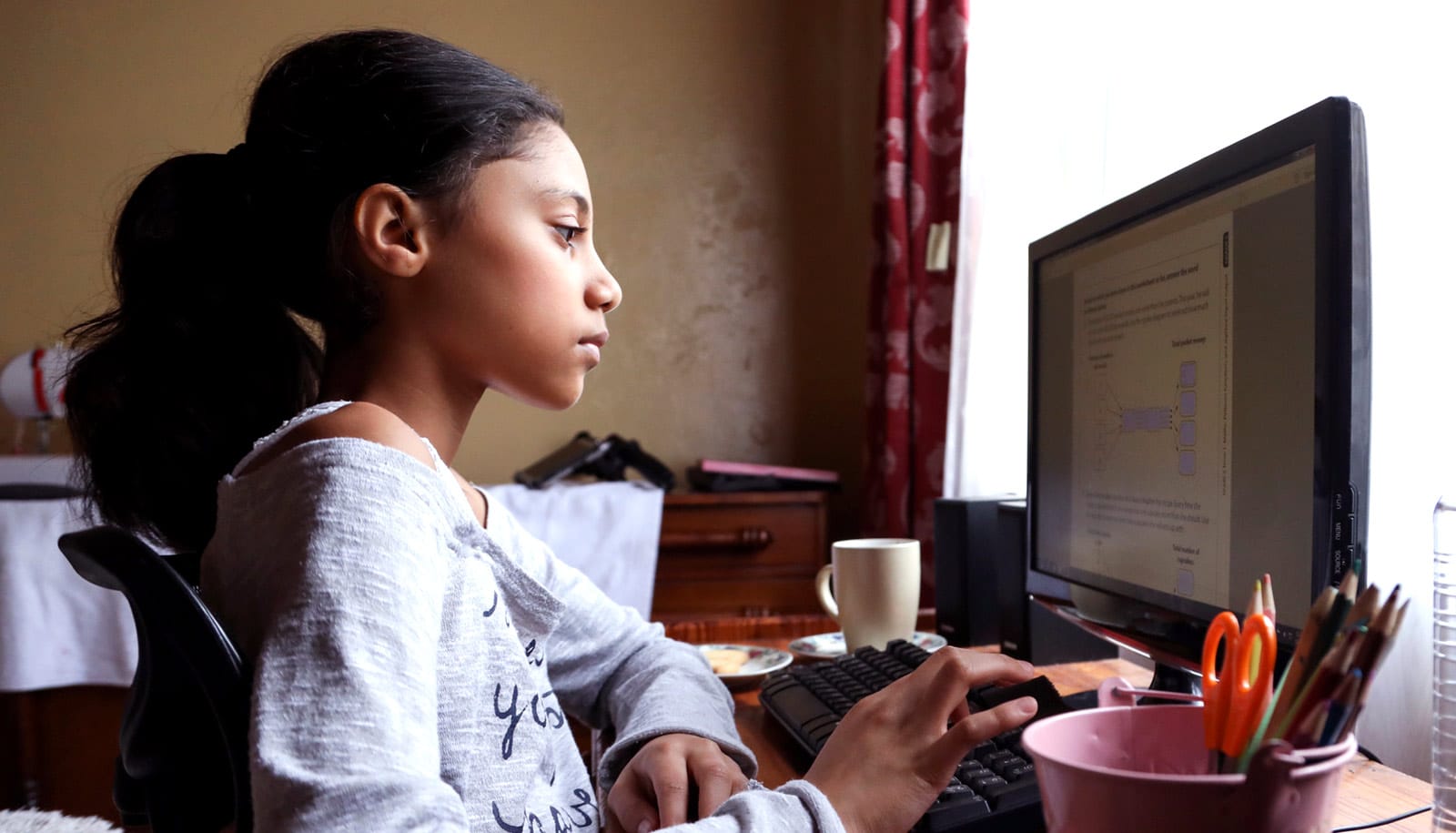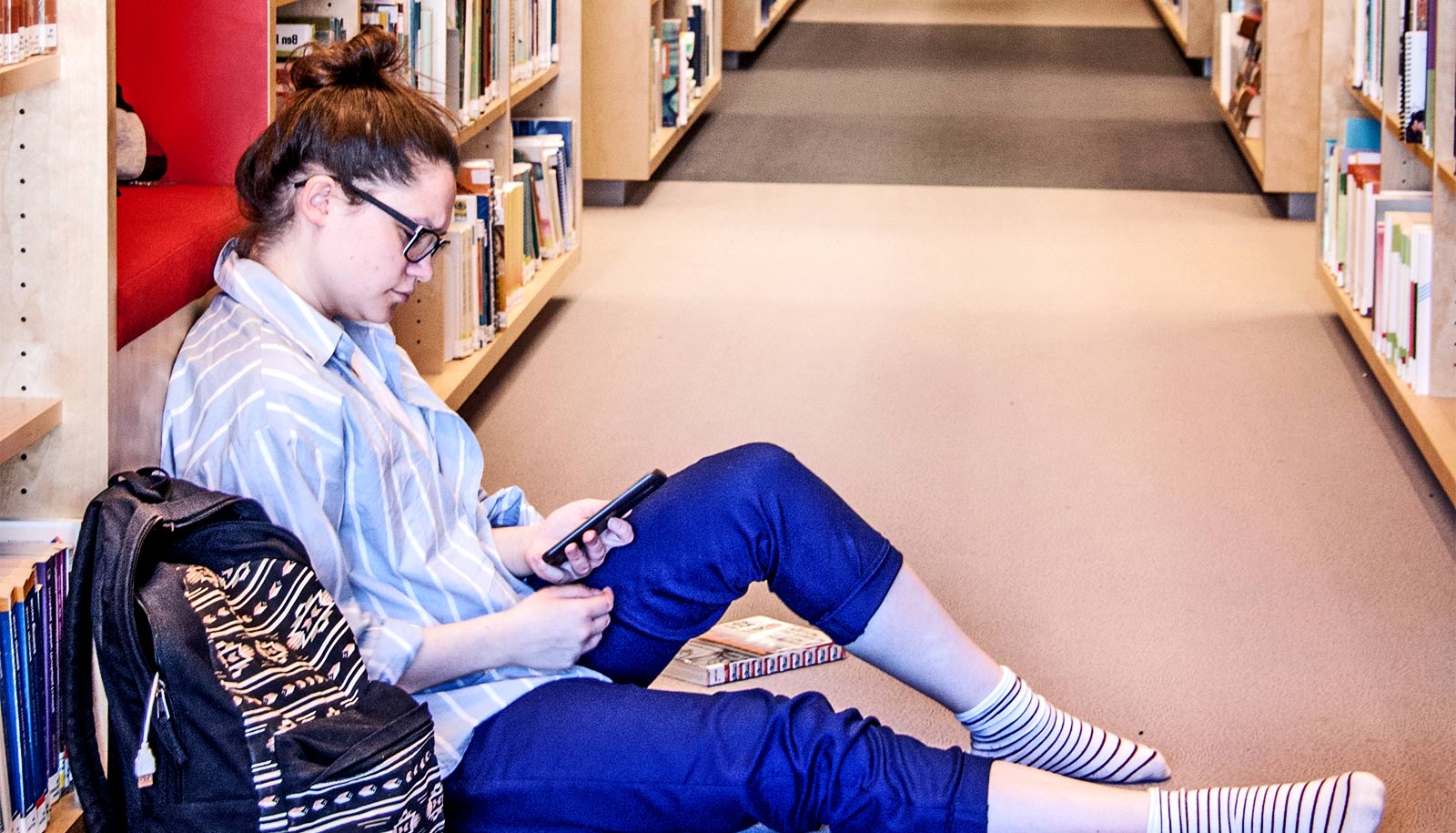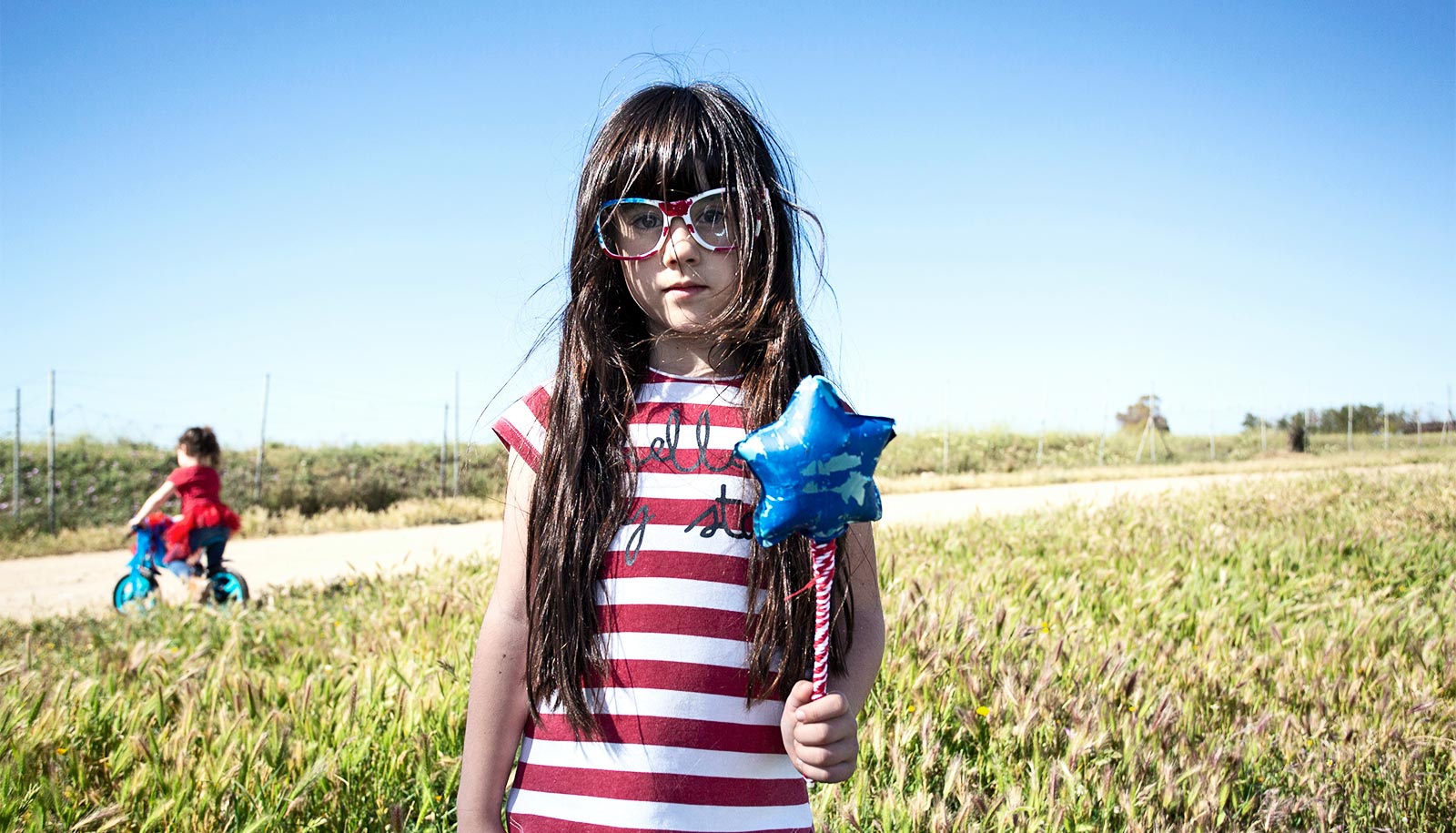How can K-12 school leaders prepare for weeks or months of teaching online?
“…this is not like an extended snow day. Some of the teachers are going to get sick.”
The COVID-19 virus has started to close schools and college campuses in the United States. Public health officials predict that coronavirus cases will only continue to rise.
Here, Ryan Baker, director of the Penn Center for Learning Analytics at the University of Pennsylvania and an expert on what works and what doesn’t in blended and online learning, discusses what school leaders, teachers, and parents should have in mind if schools close:
Lots of American schools that don’t have experience with online or blended learning might have to shift classes online very soon. What are the first things they should be thinking about?
The last thing I would do would be to sit 28 fifth-graders in a group video chat. That’s just simply not going to work. That’s pure chaos. It might work at a graduate or undergrad level, but it’s not going to work for kids.
There’s a lot of adaptive learning features out there, some of which allows teachers to input their own curriculum. Kids can work on those problems, teachers can monitor it, and teachers can have one-on-one meetings with kids. That would be a more productive use of everyone’s time.
That’s not going to be possible in every district. You can also send workbook packets home and have kids send in a picture of their completed assignment through email or text. Teachers can then follow up with phone calls. A lot of homes have smartphones, even if they don’t have a computer or high-speed internet.
To me, this is one of these times where if we don’t want to just close school and have kids not lose time, technology can be an answer.
For those who aren’t familiar, how would a teacher use an adaptive learning program?
Adaptive learning resources help educators create scenarios that can meet the needs of individual learners. Programs can use algorithms to help educators better understand what learners know, what they don’t, and what they can work on.
There are resources, like ASSISTments, that will allow teachers to create assignments with their curriculum. Google Classroom is another good tool. So is Khan Academy, though that can’t be personalized as much.
To me—if a district and students have the resources to make it work—the best thing you could do in this situation is to switch to adaptive learning situations wherever you can, and let teachers split their time talking to one or two kids at a time.
It sounds like school leaders and parents shouldn’t expect the standard school day.
I don’t think it makes sense to think about a school day under these circumstances. I would think in terms of assignments, project work, and meetings.
For middle and high schoolers, who might have seven to nine teachers in a day, maybe every kid gets a meeting with every teacher for 10 minutes every two or three days. The teacher just isn’t going to be able to have time to meet individually or in small groups with every student every day.
I’m not saying kids should be doing seven hours of adaptive learning a day. Even an hour a day would be good.
And maybe school should prioritize some subjects over others. It’s easier to teach math and science online than it is English language arts or social studies. Maybe focus on math now and social studies back in the classroom.
And don’t overlook games. The Field Day Lab out of the University of Wisconsin has a lot of fun, educational games that can occupy kids for a little while. My kids really enjoyed games from Florida State’s Physics Playground.
So what are the biggest challenges for school leaders?
First, this is not like an extended snow day. Some of the teachers are going to get sick. Not every student will have access to a computer, and in some districts many won’t.
Adaptive learning systems can be good for English language learners or some types of autism. But other special needs, kids who require real one-to-one assistance, that almost has to be individualized kid-by-kid. It’s going to be really hard.
And this is a different situation. Families that you would think would be best prepared to learn and work online could still struggle. In my family, we are highly educated, upper-middle income individuals, and we don’t have computers for everybody in the house.
I’m sure we could scramble together something so they could use the computer when we need it. Right now, I’m not using my computer for this phone call, so a kid could use my laptop during this. But it’s going to be—at some level, there’s just a challenge if you want to keep the kids learning something. And you have to keep in mind that parents will have their own problems in these situations.
If the coronavirus forces many schools to close or go online in some way, do you think it could lead to more online K-12 learning?
If I were a betting man, I’d bet on it. A lot of schools should consider, if they can afford it, putting kids in existing virtual schools for a month. That might be better than trying to cobble together something with what they have on hand.
Longer term, if this winds up closing schools for more than a week or two, I think a lot of wealthier school districts will make the switch to online learning. People will get experience with it. They’ll like those tools. And they’ll start using them more, even when this emergency is over.
What should parents be thinking about?
I’d be more worried about parents keeping themselves sane, keeping the household sane, and keeping everyone fed than I would excellence in education in this kind of situation. Having said that, parents should see what their schools are asking their kids to do, try to support them as much as they can.
If the school wants something that is unreasonable, I don’t think parents should stress about it. Let’s be frank, everyone understands this is a crazy special case. No parent should be going out and buying a new computer for this. Or not doing work for a week so their kid can be on sessions.
Keep the kids active, to some level. Have them do aerobics or stretches, something you can do in an apartment or house. Even video games that have some level of physical movement. Keep them healthy.
Try to find games that are more educational that kids can play. In this kind of situation, if you can just keep the kid from sitting in front of the television for 14 hours a day, you’ve already won.
Finally, if you are going to Walmart to buy hand sanitizer, buy some paper while you are there. If you are at the grocery store buying dried beans, buy some markers. If you happen to be near a library or places you could get a few books for your kids, get a few books for your kids.
Everything doesn’t have to be on a computer. Stock up on things that will make this time better, and more educational.
Source: Penn



